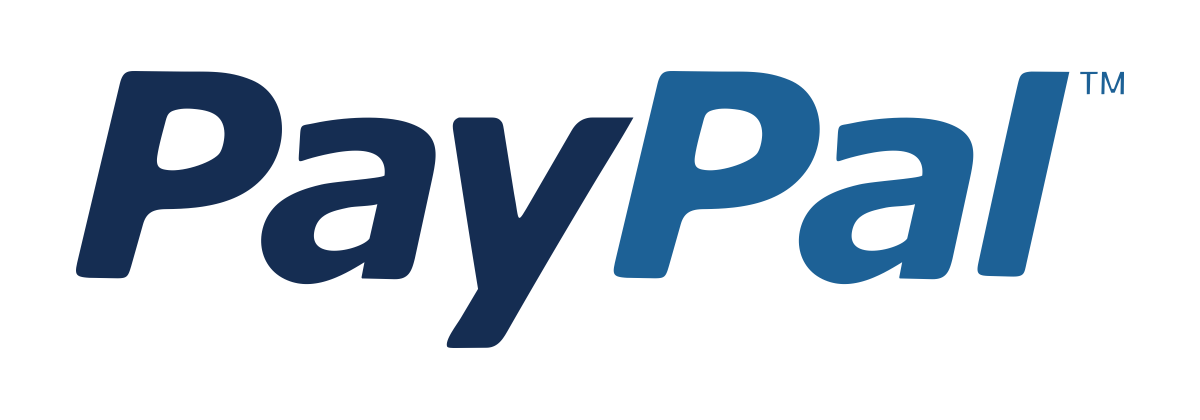SAP Sustainability Solutions
Master SAP Sustainability Solutions to drive sustainable business practices with data-driven insights and reporting.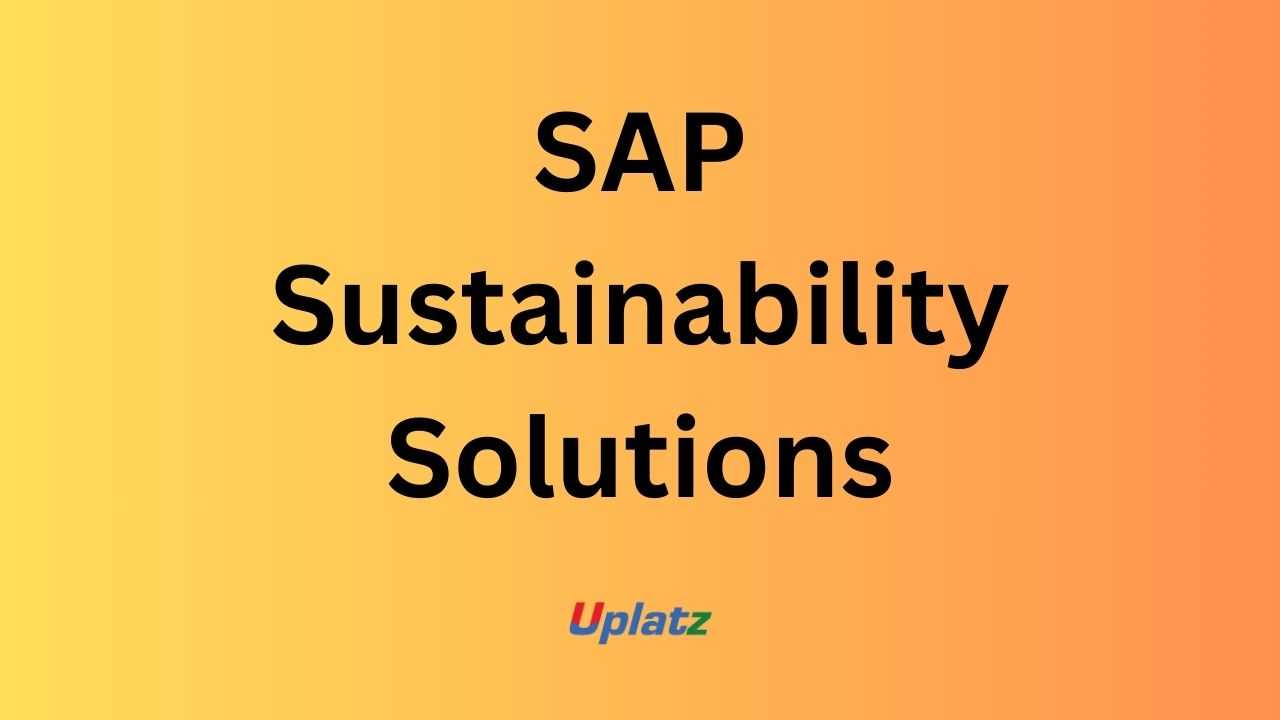 Price Match Guarantee
Full Lifetime Access
Access on any Device
Technical Support
Secure Checkout
Course Completion Certificate
Price Match Guarantee
Full Lifetime Access
Access on any Device
Technical Support
Secure Checkout
Course Completion Certificate
 97% Started a new career
BUY THIS COURSE (
97% Started a new career
BUY THIS COURSE (GBP 12 GBP 29 )-
 87% Got a pay increase and promotion
87% Got a pay increase and promotion
Students also bought -
-
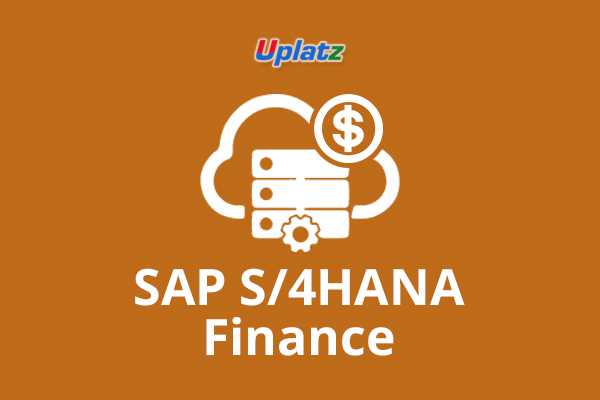
- SAP S/4HANA Finance
- 20 Hours
- GBP 12
- 566 Learners
-
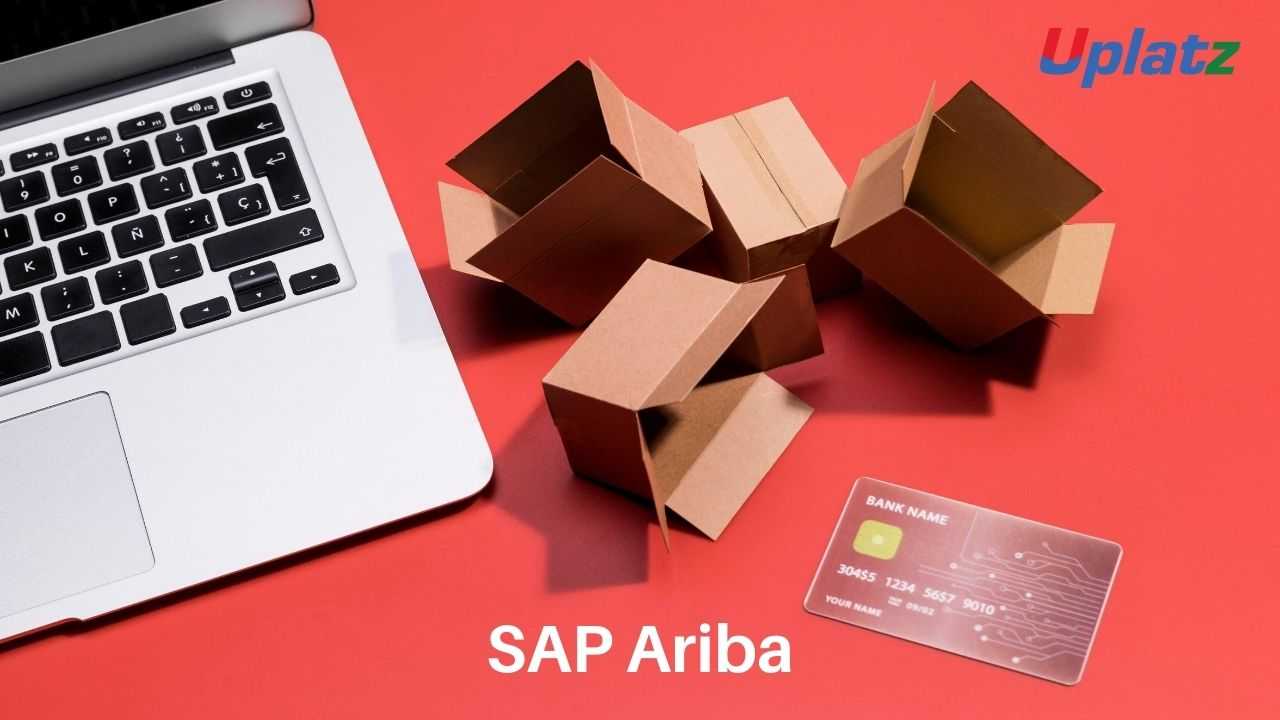
- SAP Ariba (basic to advanced)
- 30 Hours
- GBP 12
- 93 Learners
-
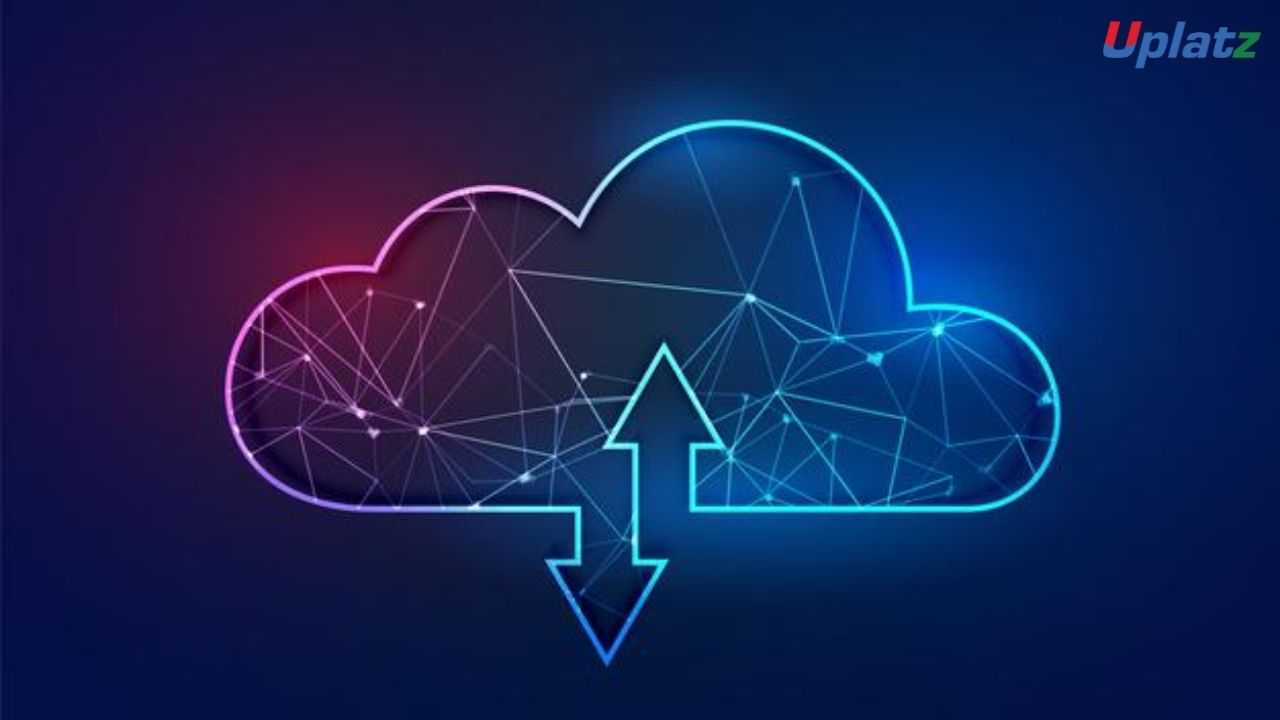
- SAP Analytics Cloud (SAC)
- 45 Hours
- GBP 12
- 1667 Learners
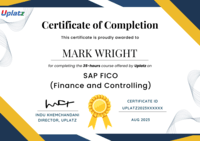
As sustainability becomes a core pillar of business transformation, enterprises are under increasing pressure to measure, manage, and report on their environmental, social, and governance (ESG) performance.
SAP Sustainability Solutions provide a unified, intelligent platform that embeds sustainability into every aspect of business operations — from finance and supply chain to product design and manufacturing.
Powered by SAP S/4HANA, SAP Business Technology Platform (BTP), and SAP’s Green Ledger innovation, these solutions enable organizations to track carbon footprints, ensure regulatory compliance, and drive circular economy initiatives while maintaining profitability and growth.
This Mastering SAP Sustainability Solutions Course by Uplatz offers a complete overview of SAP’s sustainability portfolio, architecture, configuration, and real-world applications.
By the end of this course, you’ll be able to design, configure, and manage SAP tools that support corporate ESG goals and sustainable business innovation.
🔍 What are SAP Sustainability Solutions?
SAP Sustainability Solutions are a suite of integrated tools and applications designed to help enterprises operate sustainably and meet global ESG standards.
They extend SAP’s Intelligent Enterprise framework by embedding environmental and social responsibility directly into business processes.
The key components include:
-
SAP Green Ledger: Integrates carbon accounting into financial reporting, enabling sustainability performance to be managed alongside profit and loss.
-
SAP Sustainability Control Tower (SCT): Provides centralized ESG visibility, KPIs, and analytics across the enterprise.
-
SAP Product Footprint Management (PFM): Calculates product-level environmental impact, such as CO₂ emissions across the value chain.
-
SAP Responsible Design and Production (RDP): Supports sustainable product design, packaging, and compliance with circular economy regulations.
-
SAP Climate Action & Decarbonization Tools: Enable carbon reduction tracking, offset management, and science-based target alignment.
Together, these solutions empower businesses to transition from reporting sustainability to operationalizing sustainability — turning ESG data into measurable business value.
⚙️ How SAP Sustainability Solutions Work
SAP Sustainability Solutions operate as an integrated layer across the SAP ecosystem, combining financial, operational, and environmental data into unified reporting and decision-making frameworks.
Here’s how the system works:
-
Data Collection & Integration: ESG and operational data are gathered from SAP S/4HANA, supply chain systems, and IoT devices.
-
Carbon Accounting & Green Ledger: Emissions data are embedded in accounting ledgers, allowing financial teams to monitor the carbon cost of business activities.
-
Lifecycle Analysis: SAP Product Footprint Management quantifies environmental impacts at product and process levels.
-
Analytics & Reporting: SAP Sustainability Control Tower provides dashboards, compliance insights, and automated disclosure reporting (e.g., CSRD, GRI, and IFRS S2).
-
Optimization & Action: Responsible Design and Production and Climate Action tools drive tangible improvements, from eco-design to emission reduction strategies.
This end-to-end approach transforms sustainability from a compliance task into a strategic business enabler.
🏭 How SAP Sustainability Solutions Are Used in the Industry
Enterprises across industries use SAP Sustainability Solutions to measure and reduce environmental impact, ensure compliance, and align with global ESG frameworks.
Examples include:
-
Manufacturing: Calculating carbon footprint of production and optimizing energy consumption.
-
Retail & Consumer Goods: Managing packaging waste, circular design, and ethical sourcing.
-
Energy & Utilities: Tracking emissions and aligning with decarbonization targets.
-
Automotive & Industrial: Managing supplier sustainability and lifecycle footprints.
-
Finance & Accounting: Embedding carbon valuation into profit and loss analysis through the Green Ledger.
Global leaders such as Siemens, Unilever, and Nestlé leverage SAP’s sustainability suite to drive transparency, compliance, and innovation while supporting global net-zero objectives.
🌟 Benefits of Learning SAP Sustainability Solutions
Learning SAP Sustainability Solutions gives you the tools to become part of the next generation of ESG and digital transformation professionals.
Key Benefits Include:
-
Strategic Advantage: Bridge the gap between sustainability strategy and business execution.
-
Career Growth: High demand for SAP sustainability consultants and ESG specialists.
-
Regulatory Compliance: Understand frameworks like CSRD, GHG Protocol, and IFRS sustainability standards.
-
Data-Driven Insights: Learn to use SAP tools for real-time carbon accounting and ESG analytics.
-
Cross-Functional Impact: Combine sustainability with finance, operations, and product innovation.
-
Sustainable Innovation: Contribute to circular economy and decarbonization initiatives.
-
Future-Ready Skills: Stay ahead in industries adopting net-zero and ESG transformation strategies.
With SAP Sustainability skills, you’ll help organizations achieve transparency, accountability, and environmental stewardship.
📘 What You’ll Learn in This Course
This course provides a comprehensive, step-by-step exploration of SAP’s sustainability portfolio, with practical guidance and enterprise case studies. You’ll learn to:
-
Understand the SAP Sustainability architecture, tools, and solution landscape.
-
Explore SAP Green Ledger for carbon accounting and financial integration.
-
Configure SAP Sustainability Control Tower (SCT) for ESG KPIs and dashboards.
-
Use Product Footprint Management (PFM) for lifecycle and emissions analysis.
-
Implement Responsible Design and Production (RDP) for circular economy compliance.
-
Integrate sustainability with SAP S/4HANA, SAP BTP, and supply chain systems.
-
Apply best practices for ESG reporting, compliance, and innovation.
Each module includes real-world simulations, guided exercises, and practical scenarios to ensure hands-on learning and measurable expertise.
🧠 How to Use This Course Effectively
-
Start with Fundamentals: Learn SAP’s sustainability strategy and Green Ledger concepts.
-
Dive into Modules: Explore SCT, PFM, and RDP with configuration walkthroughs.
-
Work Through Case Studies: Practice sustainability use cases in finance, supply chain, and manufacturing.
-
Focus on Reporting: Build ESG dashboards and automate KPI tracking.
-
Integrate Learning: Connect sustainability data with SAP S/4HANA and cloud services.
-
Capstone Project: Design a complete ESG integration plan using SAP Sustainability tools.
👩💻 Who Should Take This Course
This course is ideal for:
-
SAP Consultants specializing in sustainability, ESG, and compliance.
-
Enterprise Architects embedding sustainability into SAP landscapes.
-
Finance & Supply Chain Professionals driving sustainable operations.
-
Business Analysts & Auditors supporting ESG reporting and governance.
-
Students & Graduates exploring careers in sustainability and enterprise IT.
-
Organizations & Leaders aiming to achieve net-zero and regulatory compliance.
No prior sustainability or SAP experience is required — the course builds from foundational concepts to advanced application.
🧩 Course Format and Certification
This self-paced course includes:
-
HD video tutorials with real-world SAP demonstrations.
-
Interactive modules and configuration walkthroughs.
-
Downloadable case studies and compliance templates.
-
Quizzes, assignments, and knowledge checkpoints.
-
Practical exercises using sustainability dashboards and analytics.
Upon completion, you’ll receive a Course Completion Certificate from Uplatz — validating your expertise in SAP Sustainability, ESG integration, and Green Ledger configuration.
🚀 Why This Course Stands Out
-
Comprehensive Coverage: All key SAP Sustainability tools and frameworks included.
-
Hands-On Learning: Practice using configuration scenarios and case-based exercises.
-
Real-World Focus: Learn industry use cases in manufacturing, finance, and energy.
-
Career-Oriented: Prepares you for roles in ESG consulting, SAP sustainability integration, and reporting.
-
Future-Focused: Gain skills aligned with global decarbonization and circular economy goals.
This course not only teaches technical configuration but also emphasizes strategic sustainability leadership — helping you turn compliance into innovation.
🌐 Final Takeaway
Sustainability is no longer optional — it’s a business imperative.
SAP Sustainability Solutions empower enterprises to move beyond measuring impact to actively managing it. Through integrated tools like Green Ledger, Control Tower, and Product Footprint Management, businesses can achieve transparency, compliance, and sustainable growth.
The Mastering SAP Sustainability Solutions Course by Uplatz equips you with the knowledge and practical expertise to help organizations achieve ESG excellence. You’ll learn to embed sustainability into business models, leverage data for decision-making, and lead the way toward a net-zero, circular economy future.
Start learning today and become a sustainability-driven SAP professional shaping the intelligent, responsible enterprises of tomorrow.
By completing this course, learners will:
-
Navigate the SAP Sustainability Solutions portfolio.
-
Configure Green Ledger for carbon accounting.
-
Monitor ESG KPIs with SAP Sustainability Control Tower.
-
Analyze product lifecycle footprints with PFM.
-
Manage compliance with packaging and waste regulations.
-
Integrate sustainability metrics into finance and supply chains.
Course Syllabus
Module 1: Introduction to SAP Sustainability
-
Why sustainability matters in enterprises
-
SAP’s sustainability strategy and Green Ledger
-
Solution portfolio overview
Module 2: Green Ledger
-
Carbon accounting integrated with finance
-
Transaction-level emissions tracking
-
Aligning with global standards (GHG Protocol, CSRD)
-
Real-world reporting scenarios
Module 3: Sustainability Control Tower
-
Configuring ESG KPIs
-
Monitoring enterprise-wide sustainability performance
-
Reporting and compliance dashboards
Module 4: Product Footprint Management (PFM)
-
Calculating product lifecycle footprints
-
Supplier and material data integration
-
Analyzing emissions hotspots
Module 5: Responsible Design & Production (RDP)
-
Circular economy principles
-
Packaging and waste compliance
-
Extended Producer Responsibility (EPR)
Module 6: Climate & Nature Solutions
-
SAP tools for climate action planning
-
Renewable energy and carbon offsets
-
Nature-positive strategies
Module 7: Integration & Data Management
-
Linking SAP S/4HANA with sustainability data
-
Supply chain and procurement integration
-
Multi-cloud data integration scenarios
Module 8: Real-World Projects
-
Carbon ledger implementation for finance
-
ESG dashboard in Sustainability Control Tower
-
Lifecycle emissions analysis for products
-
EPR compliance automation
Module 9: Best Practices & Future Trends
-
ESG reporting frameworks (CSRD, SEC, GRI)
-
AI/ML for sustainability insights
-
Digital twin and IoT integration for carbon tracking
-
The future of SAP sustainability innovation
Learners will receive a Certificate of Completion from Uplatz, validating their expertise in SAP Sustainability Solutions. This certification demonstrates readiness for roles in ESG reporting, SAP consulting, and sustainable enterprise transformation.
SAP Sustainability skills prepare learners for roles such as:
-
SAP Sustainability Consultant
-
ESG Reporting Specialist
-
Sustainable Finance Analyst
-
Supply Chain Sustainability Manager
-
Enterprise Architect (Sustainability focus)
These solutions are being adopted by global enterprises in manufacturing, retail, logistics, and finance to meet compliance requirements and achieve net-zero goals—making SAP sustainability expertise highly valuable.
1. What is SAP’s Green Ledger?
A carbon accounting system integrated with finance that records emissions at the transaction level.
2. What are the main components of SAP Sustainability Solutions?
Green Ledger, Sustainability Control Tower, Product Footprint Management, Responsible Design & Production, and Climate Action tools.
3. How does SAP Sustainability Control Tower help enterprises?
It monitors ESG KPIs, ensures compliance, and provides enterprise-wide visibility into sustainability performance.
4. What is Product Footprint Management (PFM)?
A solution for calculating and analyzing lifecycle carbon footprints of products and materials.
5. What is Responsible Design & Production (RDP)?
A tool to support circular economy practices, packaging compliance, and Extended Producer Responsibility (EPR).
6. How does Green Ledger differ from traditional ESG reporting?
It integrates carbon accounting directly into financial transactions for real-time visibility.
7. What are the benefits of SAP Sustainability Solutions?
-
Compliance with global ESG standards
-
Real-time carbon accounting
-
Integration with SAP ERP and supply chain
-
Data-driven decision-making
8. What are challenges with SAP Sustainability Solutions?
-
Complex data integration from multiple systems
-
Evolving ESG regulations
-
High implementation effort in large enterprises
9. How does SAP integrate sustainability with supply chains?
By linking product, supplier, and logistics data with emissions and compliance tracking.
10. Where are SAP Sustainability Solutions being adopted?
By global enterprises in manufacturing, retail, energy, and finance to achieve ESG goals and regulatory compliance.







